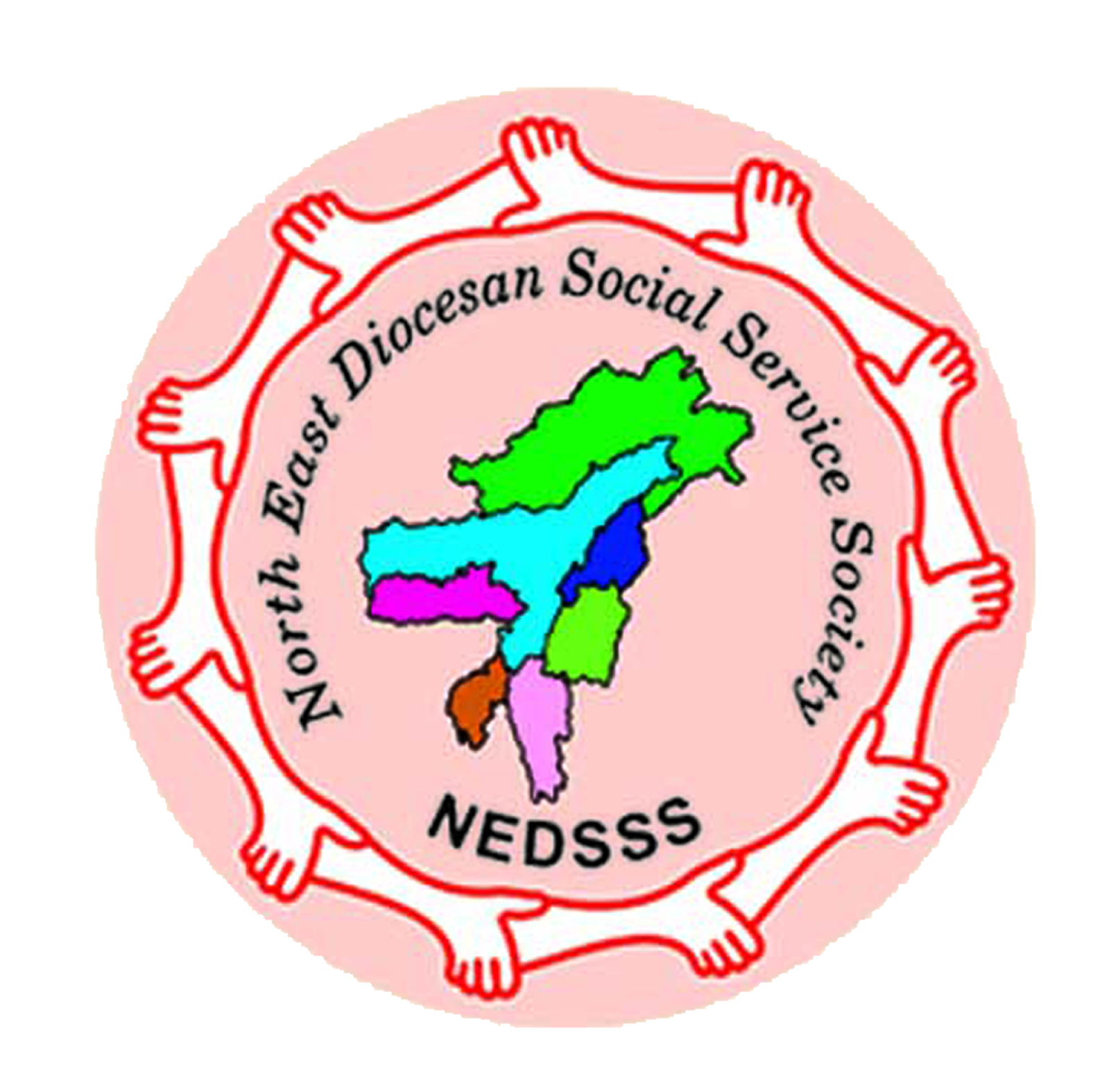| Project Title |
Improving Access to Comprehensive Maternal and Child health services; and for Diseases/Conditions of District level Importance (Phase V) |
| Funding Agency |
Misereor, Germany.
321-201-1086ZG |
| Duration |
1st February 2023 to 31st January 2026. |
| Operational area |
Assam, Arunachal Pradesh, Mizoram, Manipur, MeghalayaThe project is implemented across five states i.e. Assam, Meghalaya, Manipur, Arunachal Pradesh and Mizoram with seven implementing partners- Guwahati Gana Seva Society Guwahati, Jirsong Asong Diphu, Seva Kendra Silchar, Social Service Centre Shillong, Diocesan Social Service Society Manipur, Seva Kendra Miao Arunachal Pradesh and Zoram Entu Pawl Mizoram with a total of 16 districts and 31 health centre from 254 villages comprising of 24,075 households and 125,663 population. |
| Target groups |
| The target beneficiaries are the marginalized scheduled tribes from difficult-to-reach rural and hilly areas. Because of its geographical location, difficult terrain, high rainfall, vast hilly region, large forest areas and many ethnic groups, it is very challenging to provide healthcare services in the northeastern region. Moreover, due to inadequate communication facilities throughout the region, healthcare services have not yet become available to everyone as can normally be expected. The project will reach 125,663 populations of 24,075 households from 254 villages in 16 districts across five north-eastern states of Assam, Meghalaya, Manipur, Arunachal Pradesh and Mizoram. |
|
| Project Goals |
| Marginalized communities have improved access to comprehensive maternal and child (MCH) health services and to the tr eatment of diseases that are of importance across the 16 districts in the 5 North-East Indian States (incl. skin and eye diseases and cancers.) |
|
| Objectives |
1. By the end of the funding period, MCH has improved in the target villages through access to quality health services.
2. The target groups’ access to medical services for skin diseases, cancer and eye diseases as well as in the case of substance abuse has improved. |
| Project Brief |
The North Eastern Region comprises of eight states: Assam, Arunachal Pradesh, Meghalaya, Mizoram, Manipur, Nagaland, Sikkim and Tripura have a combined population of 45,588,381 which is nearly 4 per cent of the country. There is total 86 districts spread across the eight states which are inhabited by 160 scheduled tribes. It is estimated that more than 500 ethnic groups are speaking nearly 400 languages and dialects in this region. The region shares an international border with several neighbouring countries with Tibet, China, Myanmar, Bangladesh, Nepal and Bhutan. Because of its geographical location, difficult terrain, high rainfall, vast hilly region, large forest areas and large number of ethnic groups, it is very challenging to provide healthcare services in the north eastern region. Moreover, due to inadequate communication facilities throughout the region, health care services have not yet become available to everyone as can normally be expected. Through various integrated community-based care approach under the project titled “Improving Access to Comprehensive Maternal and Child health services; and for Diseases/Conditions of District level Importance” the regional coordinators, the state coordinators, supervisors and peer educators aims to carry out the major activities such as- Community meetings VHW – peer educators meeting, Awareness activities at Community Level, Daily home Visits and monthly reporting by Peer Educators, Monthly review and Planning Meetings (Health centre level), Social and Behavioral Change Communication (SBCC), Quarterly Review Meeting, Project Orientation and Planning Meeting, Induction Training to Peer Educators and Health Coordinators (with inclusion of inputs on F-IMNCI & C-IMNCI), Refresher training to Peer Educators and Health Coordinators, Half Yearly Core Group Meeting at Regional Level and Capacity building training on community health, people’s health movement, PME & need based as an essential component that has the potential to substantially improve maternal, newborn, and child health outcomes. |
| ACHIEVEMENTS |
|
1. 2948 pregnant women were facilitated for ANC check up
2. 35967 children are facilitated for vaccination
3. 4092 under 5 children are referred to nutritional support
4. 2545 people across the seven states have been referred for treatment
5. 2613 people across the seven states have been diagnosed with any of the five diseases/ conditions |
|
